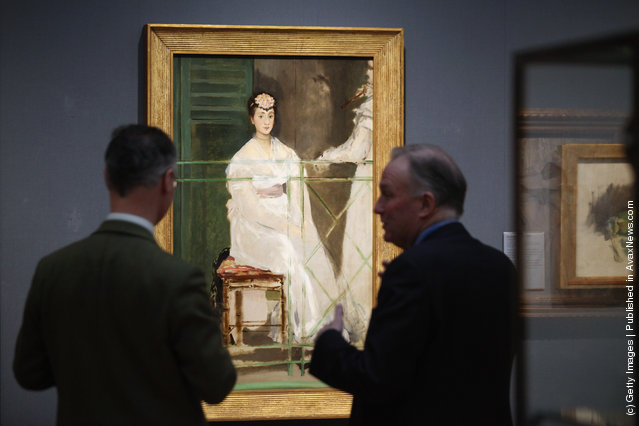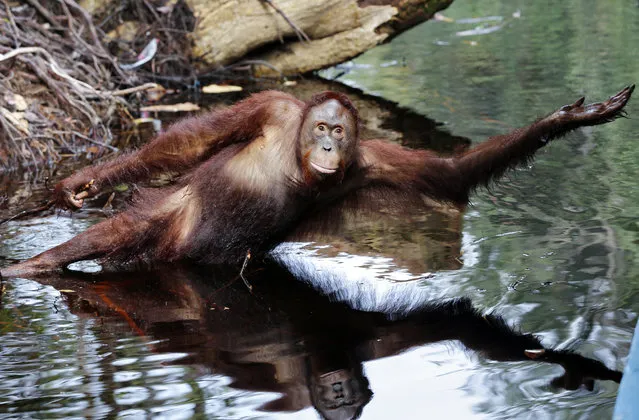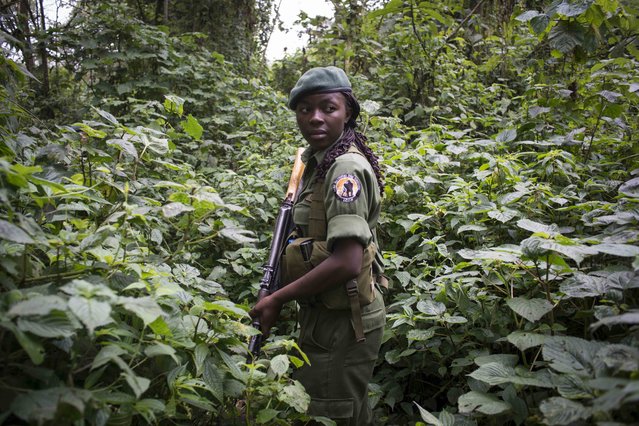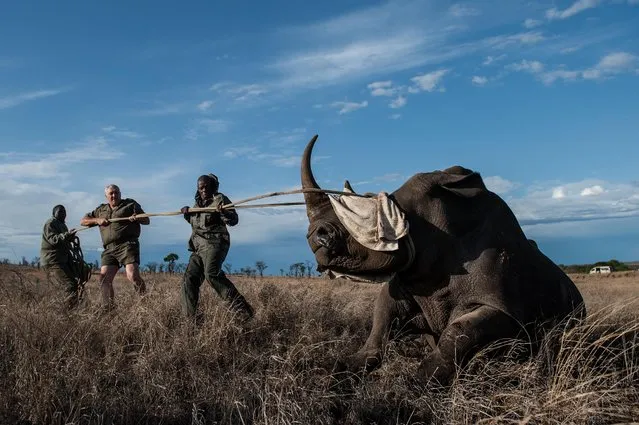
Dr. Christopher Brown (R), the Director of the Ashmolean, talks with Colin Harrison, the Ashmolean's Senior Curator of European Art, in front of a painting by Edouard Manet entitled “Portrait of Mademoiselle Claus” from 1868 in the Ashmolean Museum on February 24, 2012 in Oxford, England. The painting has been sold to a foreign buyer for 28.35 million GBP, however the Government has extended a temporary export bar on the artwork until August to give the Ashmolean an opportunity to raise funds to retain the painting in the UK. (Photo by Oli Scarff/Getty Images)
25 Feb 2012 10:01:00,post received
0 comments







